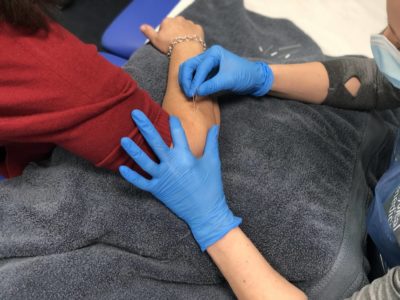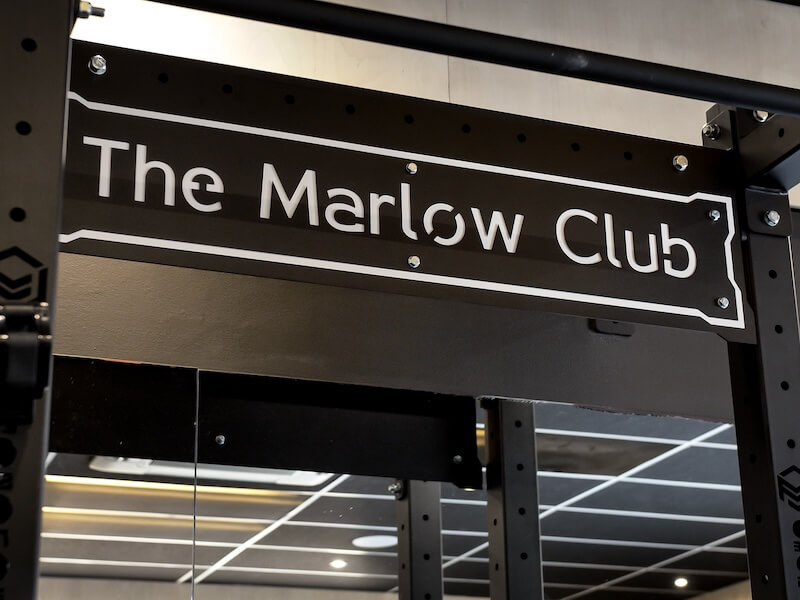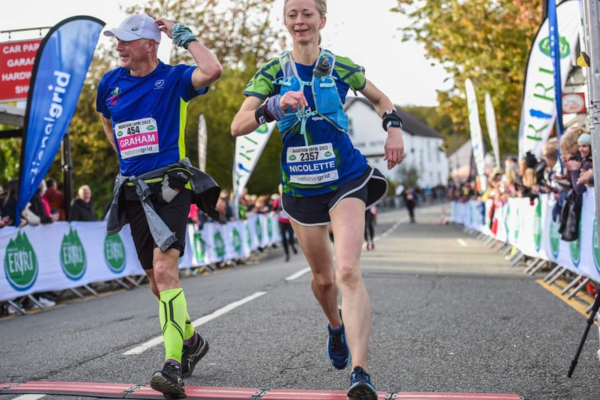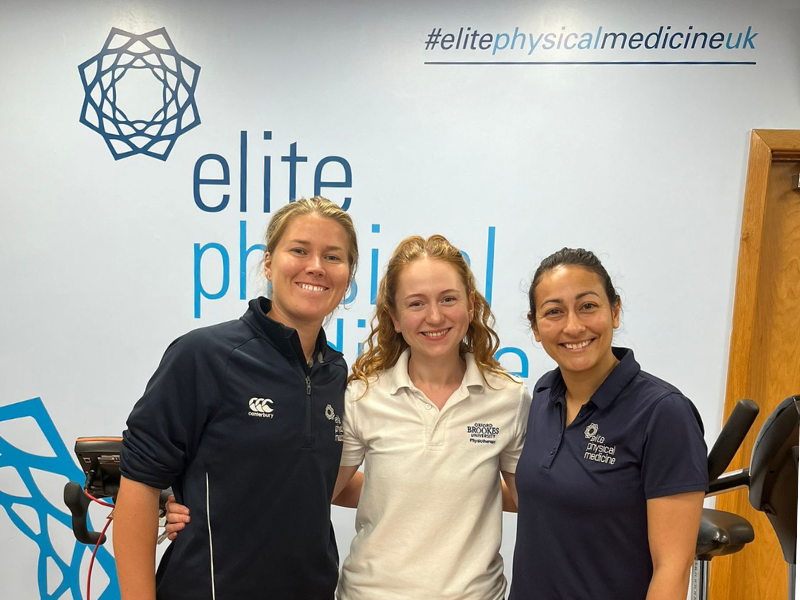Acupuncture and Dry Needling
Written by: Gabrielle Jackson and Faye Appleby
What is it?
Acupuncture and dry needling are treatments that involve inserting short, thin, filiform needles through the skin at specific points on the body. The points selected are based on achieving the desired results of each individual, both styles of treatment are used for pain relief and the time that the needles remain in the skin differs from patient to patient.
What is the difference between Acupuncture and Dry Needling?
Acupuncture is a traditional Chinese medicine approach, acupuncture is used to help the balance of yin and yang, using the force of qi (chi). This style of technique is associated with twelve meridians, the belief is that the qi flows through channels (meridians) in a specific direction circulating wellness to various muscles, organs and nerves. The idea being that insertion of thin needles into specific locations can allow physiological and psychological benefits.
Dry needling is a modern technique in comparison to acupuncture. Both approaches are very similar, the key difference is that dry needling is used to directly target trigger points to release irritable or tightened muscles, rather than relieving pain by altering the energy flow.
When did it start?
Acupuncture is thought to have been used for thousands of years, although it was first accepted in traditional medicine more recently. This was because of its association with opioid release. Opioids can be used to treat pain, similarly to opiates like morphine and codeine. They work by binding to the opioid receptors in the central nervous system allowing the activation of endogenous peptides for example endorphins. Qi is thought to seek removal of blockages and balance energy giving the body healing properties.
In comparison, dry needling is a much more modern, with the wider use and understanding arriving in the early 80’s. The approach is often referred to as an adapted version of acupuncture therapy.
Treatment and Benefits
Interestingly, in the recent NICE guideline update (07 April 2021) acupuncture and dry needling has been added to the recommendations for managing chronic primary pain. At Elite, we have physiotherapists qualified in both acupuncture and dry needling. We use both forms of treatment as pain control, alongside your rehabilitation programme.
Helping our patients manage their pain is number one priority. We use this style of treatment as it is safe and effective.


Research has shown immediate and long term benefits of using acupuncture or dry needling in decreasing pain scores for persistent or chronic pain conditions.
We use these techniques to try and control pain, inevitably allowing us to further progress rehabilitation. The needling technique has been identified by several systematic reviews to be significantly effective in many orthopaedic conditions which we commonly see at Elite.
The choice of treatment we select at Elite, is specifically based on the individual, what works for one, may not work for another.
Acupuncture and dry needling will be carefully considered as an adjunctive therapy once we have fully assessed your condition, medical history, and presenting injury.
If you are interested in booking an initial assessment, please call us on 01296 437717 to arrange an appointment.
References
- Bradman, L., (2007) ‘Clinical Reasoning for Western Acupuncture’.Journal of the Acupuncture Association of Chartered Physiotherapists.
- Dommerholt, J., Mayoral del Moral, O., Grobli, C., (2006) ’Trigger Point Dry Needling’. Journal of Manual & Manipulative Therapy. 14(4) pp. 70E-87E. doi:1179/jmt.2006.14.4.70E
- Manheimer, E., Cheng, K., Linde, K., Lao, L., Yoo, J., Wieland, S., Van Der Windt, D., Berman, B., and Bouter, L., (2010) ‘Acupuncture for peripheral joint osteoarthritis’. Cochrane Database Systematic Review doi: 10.1002/14651858.CD001977.pub2
- NICE (2021). Available at: www.nice.org.uk/guidance/ng193/chapter/Recommendations#managing-chronic-primary-pain Accessed on: 08-Apr-2021
- White, A., Foster, N., Cummings, M. and Barlas, P., (2007) ‘Acupuncture treatment for chronic knee pain: a systematic review’. Rheumatology. 46(3) pp. 384-390. doi: 10.1093/rheumatology/kel413



